Casting as a procedure can be described as a manufacturing process in which various types of metal are transferred into a mold in the form of a liquid to get the required size and shape of the byproduct. There is a wide array of alloys and metals that can be liquefied constantly to gain the desired shape that is required for any specific application. The casting procedures are versatile and offer plenty of flexibility in many cases; the process can be used to gain the required results without negotiating on the quality of the metal involved in the process.
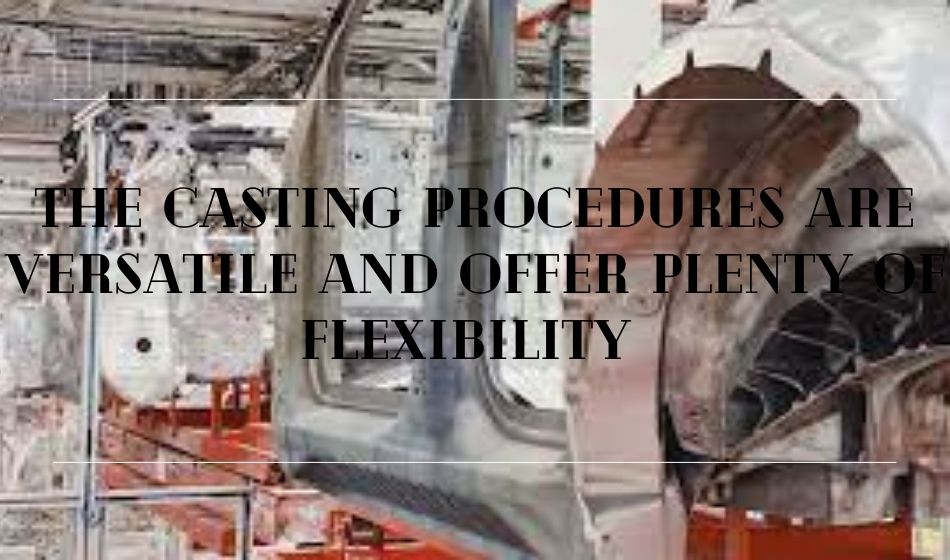
There are various manufacturers that are a part of a huge casting machine supplier circle that provide a variety of options relying on various engineering requirements and methods. The use of casting might differ between few kilos to tons depending on the weight requirements and the complexity of the shape, which can vary from simple to complicated and order size one-off to bulk production.
The required dimensional accuracy and surface finish can be accomplished by choice of process and its control. Castings make it possible to make different isolated parts of an object come together and make up a finished product removing assembly and inventory and decreasing costs by half or more in comparison to machined parts. The automation of different industries that are spread over a large scale has been beneficial in the sense that manufacturers are able to surplus their production lines and offer fast delivery timelines and better quality products. The process of casting simplifies a long-awaited process that used to consume a huge amount of human force to get done. The application of casting methods has not only revolutionized the metal industry but has provided new heights to different associated industries as well.
Different Types of Casting and Their Usage In Industries
Die Casting
The process of die casting involves a high-pressure metal liquid that is pressed into the mold cavity at a fairly high speed. After the process occurs, the metal is set to cool down and convert into a solid form to achieve a casting. The advantages that die casting provides are interchangeability, better product quality, and stable size. The process of die casting is appropriate for mass production needs due to the cheaper operating costs. The major role of die casting machines can be noticed in different automobile companies where applications might require services at different levels in the manufacturing process. The modern norms of die casting involve the usage of robots where robots are designated to ensure the required amount of precision and accuracy.
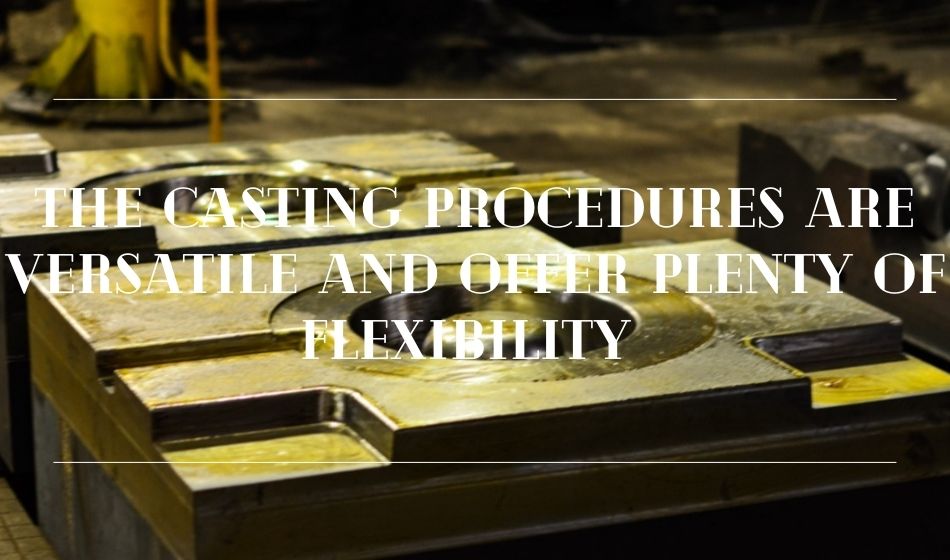
Sand Casting
Sand casting is a procedure in which the casting occurs in a sand mold. The final product that can be obtained through this process of sand casting includes nonferrous alloys, such as iron and steel. Sand casting is an appropriate method if the required shapes and sizes are relatively complexed. Lower operational cost makes sand casting a common option for mass production needs. Sand casting is widely used in foundries due to the fact that it is a cost-efficient and extremely dependable technique for complicated parts and components requiring internal cavities.
Gravity Die Casting
Gravity die casting is a procedure in which the molten form of metal is moved into the mold under the influence of gravity, resulting in the solid of metal after the cooling procedure. The advantages that the gravity die casting process provides include the reduction of hazardous gases and substances, which aids protect the environment. The final product is gained with higher accuracy and lower surface roughness. The process of gravity die casting is widely used to produce casting parts from nonferrous raw materials, including aluminum or alloys that require conditions involving low temperatures. The complex process is utilized to develop intricately shaped components for a wide range of industrial applications in the defense, medical and energy sectors.
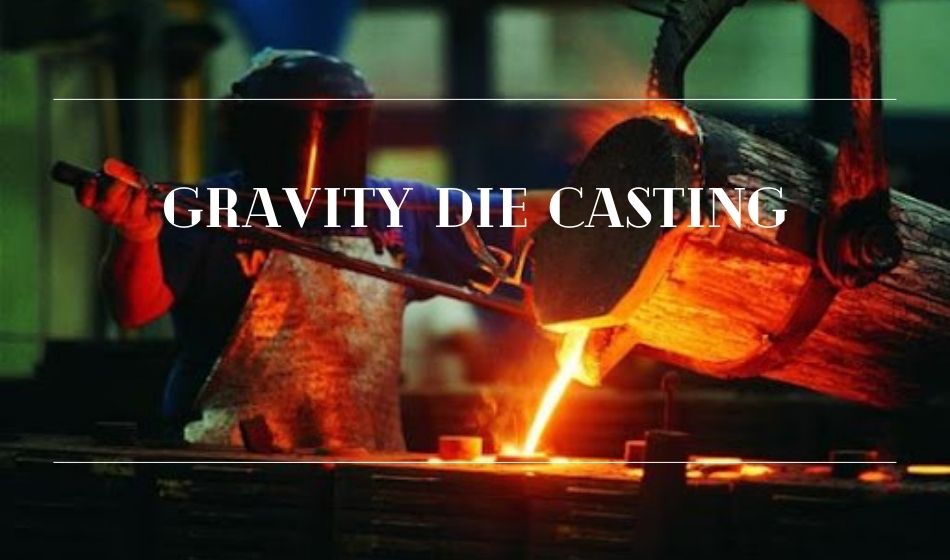
Low-Pressure Casting
Low-pressure casting is a process that involves low pressure, and the product obtained through the process is crystallized under an immense amount of pressure. The speed of the procedure can be handled according to the requirements and conditions, making it a popular option for casting when it has to be done at a fairly large. The riser doesn’t need to be filled up, which increases the metal’s utilization to the maximum. Low-pressure casting is a process that has been widely used for the casting of automotive parts, including wheels and cylinder heads, where there’s a dire need for good integrity and, in the case of wheels, good integrity and good cosmetic appearance when finely machined or polished.
Applications of Casting Machines
The main applications of the casting machines are seen in industries such as automotive, aerospace, medical, and consumer products. The induction of 3D machining tools has made it simpler to handle the casting process according to the needs of a particular prototype. There has been a significant flow in the use of rapid prototyping processes (RP) in different manufacturing facilities where results are required at a relatively higher speed. Different industries have been relying on rapid prototyping processes (RP) in order to increase their manufacturing capacity. It’s no surprise that companies with enormous manufacturing locations are drastically investing in the modernization of the casting methods so they can revamp their existing casting setup. There are many globally known companies that have come together to introduce new and effective methods to take this groundbreaking technological marvel to new heights and make the most of their new and existing manufacturing facilities.
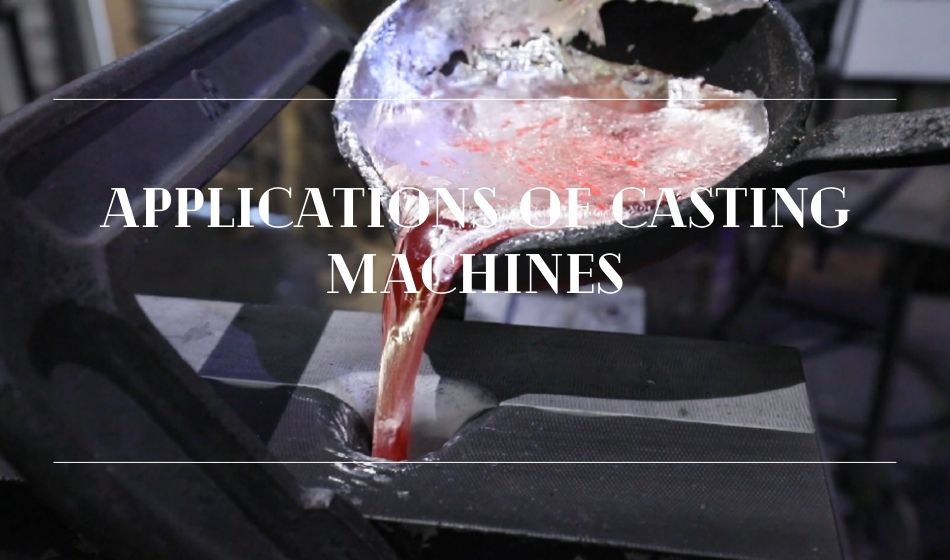
There are various countries where the use of CAD is directly proportional to the applications related to the rapid prototyping processes (RP). There have been many other countries, such as Dassault, France, that heavily rely on the RP patterns for investment casting when it comes to the manufacturing and assembly of their aircraft. There are many other companies who have been following the footprints of Dassault, and they have been working with several factories to mature the equipment and parameters for the successful use of casting RP patterns. Different companies in Europe have certified RP castings for use in applications like testing prototype flight hardware and automobile parts.
There are other applications as well that involve the casting procedures depending on the industry that is utilizing the casting machinery. The casting process in the transportation sector is used for the manufacturing of cars, trucks, and other vehicles, while in the heavy industries, different casting tools are used for construction purposes. The recent advancements and complex product requirements have pushed some mainstream industries like petroleum, chemical, paper, sugar, textile, steel, and various thermal-based plants to push towards automated means as the margin of error has come down to none.
Development of Customized Machine Parts
There are several companies that rely on the methods of casting when it comes to the development of custom machined parts. It’s a fact that every industrial need requires a different set of equipment and tools; hence the use of casting mechanisms becomes essential to maintain a smooth manufacturing process. When it comes to the development of each part of a product, there might be a need to bring any two halves together to form a finished byproduct. The type of casting involved in a combining process might vary depending on the type of industry that is using the tools, but the dynamics and the norms might remain the same. The industries like aerospace, automobile, and aircraft are prime examples as there’s a major requirement in the applications involved to put together the parts to form a final product. The making of different moving parts in an application can also be a result of extensive casting procedures. There are many applications where there’s a necessity to develop different sizes of machining parts in various size profiles, and that is when casting methods come most handy. The casting can be utilized to put together the pieces of metal in some cases to form a single piece workpiece. The machining parts are manufactured at high speed to ensure that most components are prepared with minimum waste of energy.
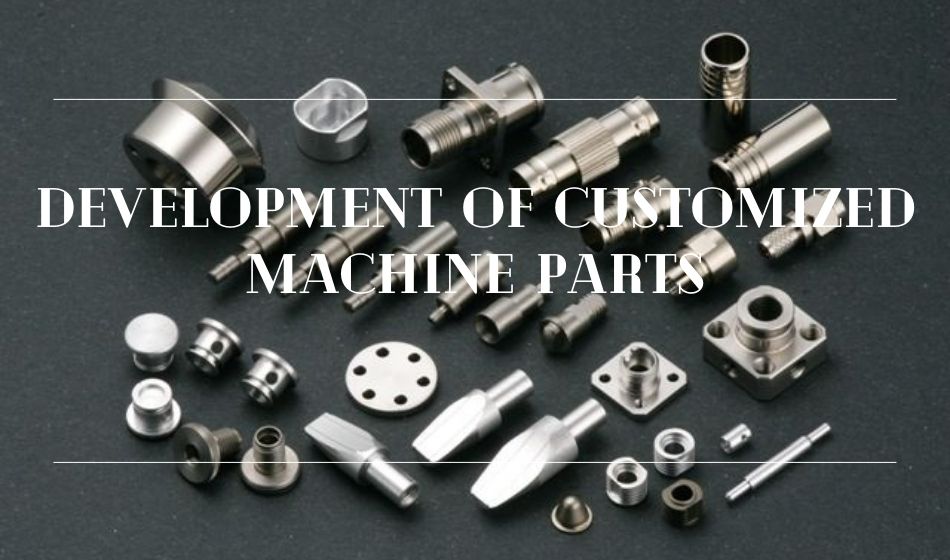
Cost Saving
Cost efficiency is one of the several benefits that different casting procedures have provided to various industries. The main reason why it reduces the overall costs is the fact that different casting methods enable bringing together different parts into one single fabrication; it radically decreases the costs associated with fabrication.
Flexibility
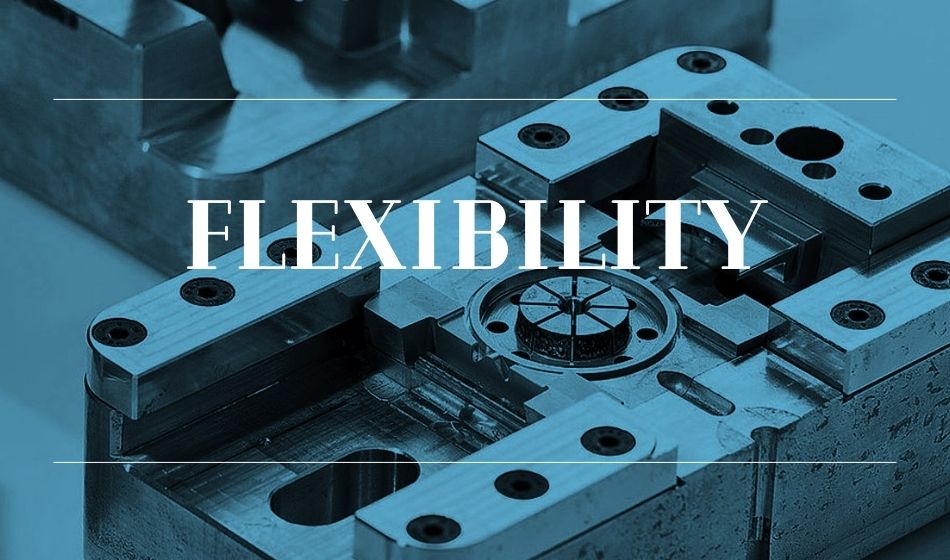
Casting is undoubtedly the most reliable and durable means of metal casting as it uses solid design principles and conducts periodical examination of mechanical attributes to test the bars that are cast from the molten metal. The casting procedures also provide a substantial benefit in the form of enabling the formation of attractive designs, as there is no constraint to the assembly of pieces or shapes that can be produced during the manufacturing process. There are numerous kinds of casting processes that can be used to obtain the type of finish needed from casting.




